Your basket is currently empty!
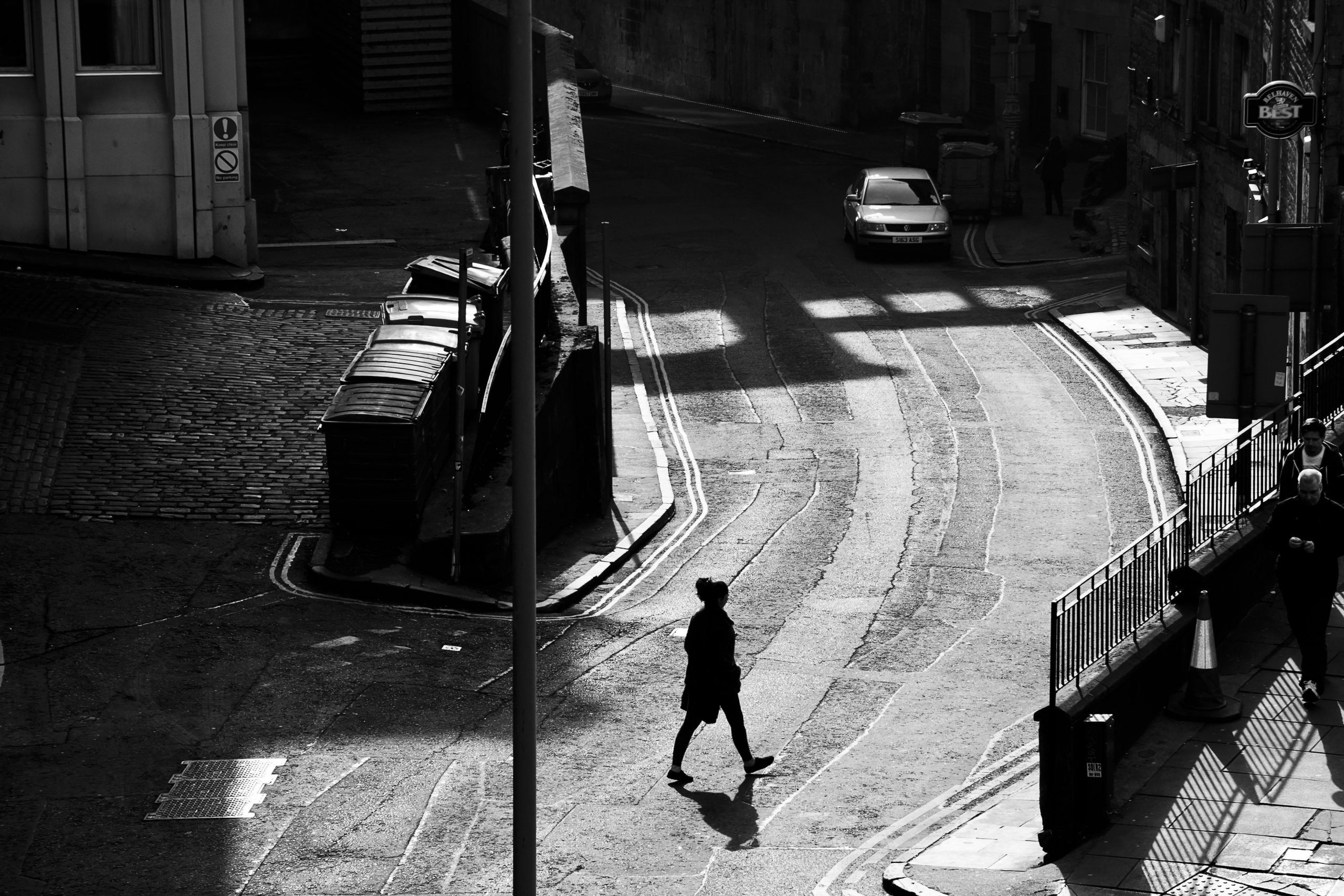
How to use Light and SHadow in Street Photography
To effectively use light and shadow in street photography, focus on understanding light direction, seeking high-contrast scenes, and utilizing shadows to enhance your compositions. Look for situations where light is striking subjects at an angle, creating strong shadows, or where light filters through openings, highlighting individuals against darker backgrounds. Experiment with silhouettes, reflections, and backlighting to add depth and drama to your images.
Here’s a more detailed breakdown:
1. Understand Light Direction:
- Side-lighting:Shooting perpendicular to the sun’s direction creates strong shadows and highlights, adding depth and dimension.
- Backlighting:Shooting towards the light source can create silhouettes or a halo effect, especially when the sun is low.
- Overhead light (midday):While shadows are less pronounced, the strong light can create sharp, crisp shapes, especially in open spaces or with architectural elements.
2. Seek High-Contrast Scenes:
- Sunlight and shadow:Look for areas where light and shadow sharply contrast, such as a sunny sidewalk with a building casting a shadow or a doorway with light streaming in.
- Reflections:Use reflective surfaces like puddles, windows, or polished metal to create interesting light patterns and balance the scene.
- Silhouettes:Use a bright background (like the sky) to create silhouettes of people or objects in the foreground.
2. Seek High-Contrast Scenes:
- Sunlight and shadow:Look for areas where light and shadow sharply contrast, such as a sunny sidewalk with a building casting a shadow or a doorway with light streaming in.
- Reflections:Use reflective surfaces like puddles, windows, or polished metal to create interesting light patterns and balance the scene.
- Silhouettes:Use a bright background (like the sky) to create silhouettes of people or objects in the foreground.
3. Utilize Shadows Creatively:
- Framing:Use long shadows cast by signs, trees, or buildings to frame your subject or isolate them from the background.
- Storytelling:Capture subjects moving between light and shadow, creating a sense of movement and adding narrative to your images.
- Texture and form:Use shadows to highlight textures and shapes in the scene, adding visual interest and depth.
4. Be Patient and Observe:
- Timing:The best time for strong light and shadow is often during the “golden hour” (early morning and late afternoon) when the sun is low on the horizon.
- Constant awareness:Pay attention to the light and shadow patterns throughout the day and in different locations.
- Anticipate and react:Be ready to capture fleeting moments where light and shadow create interesting compositions.
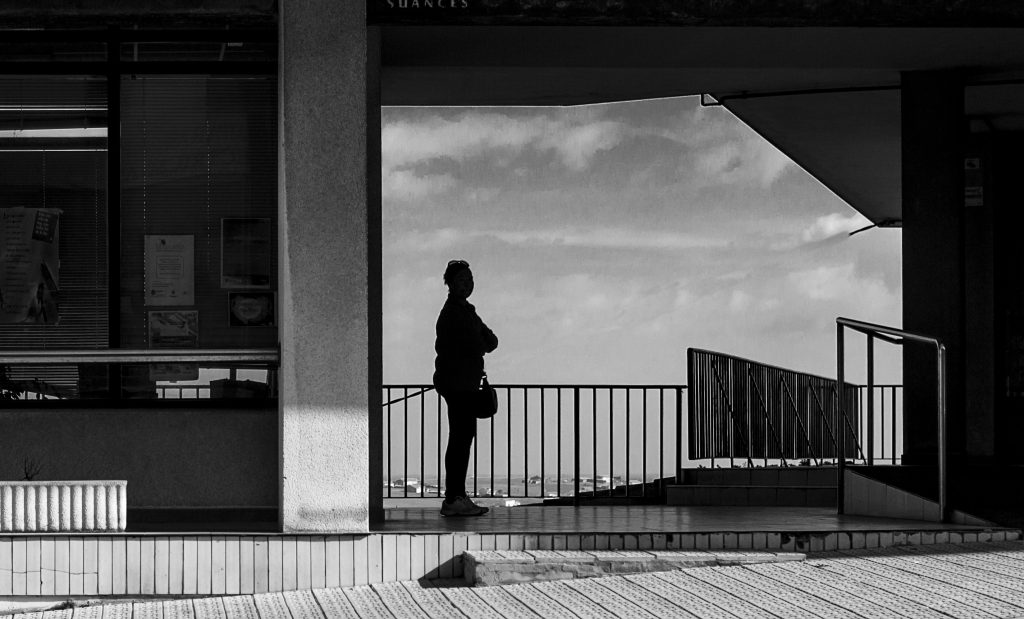

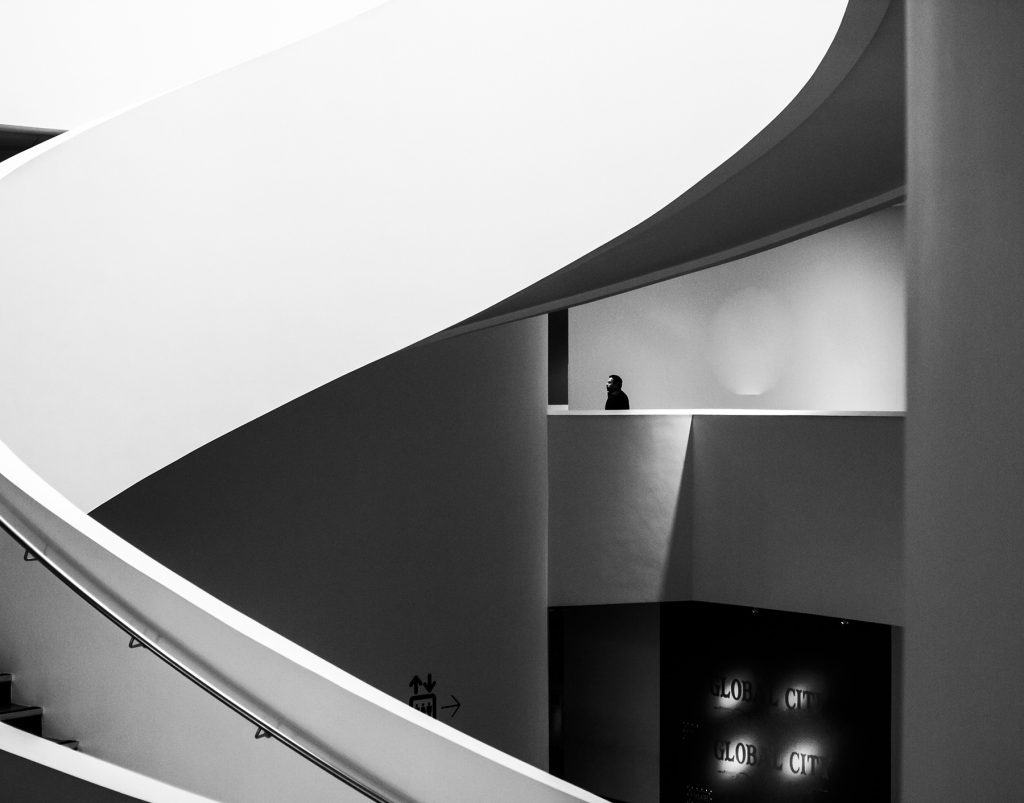

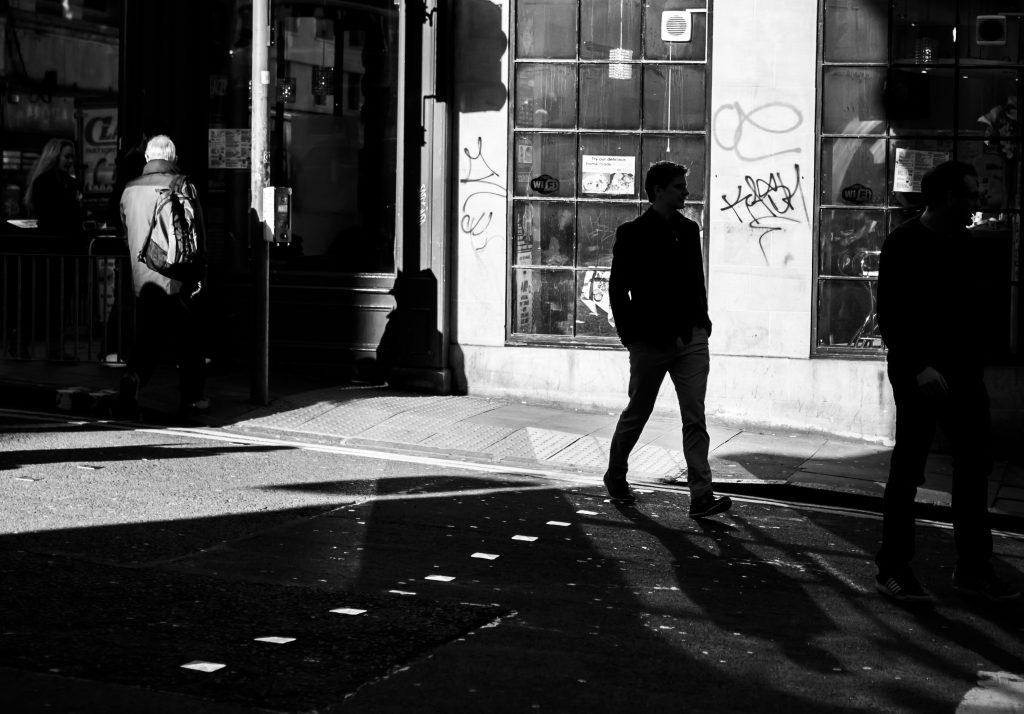
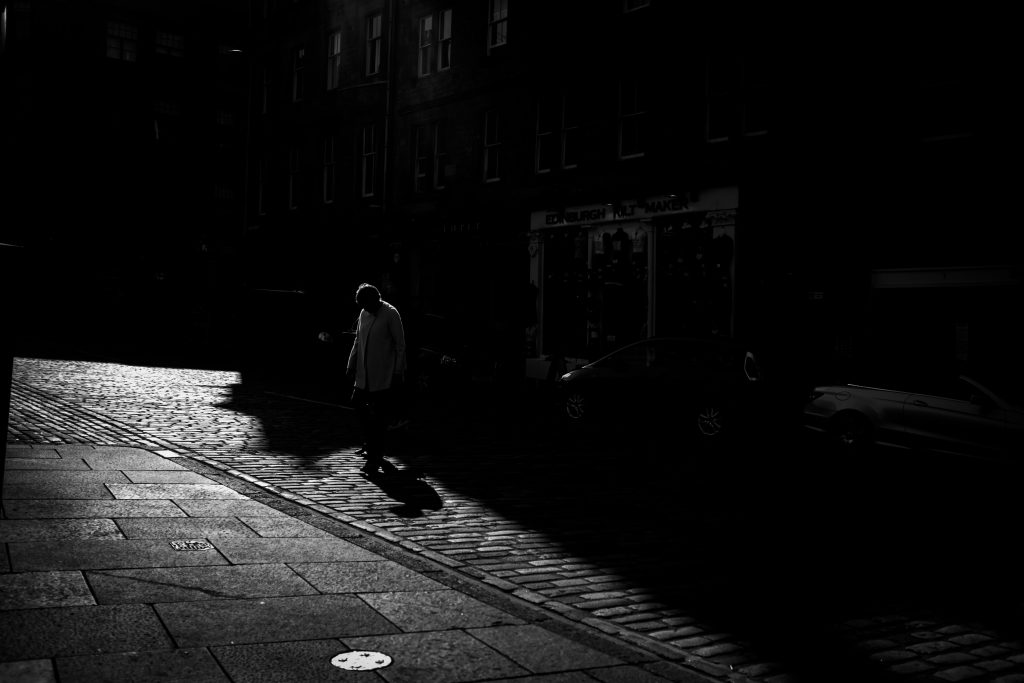
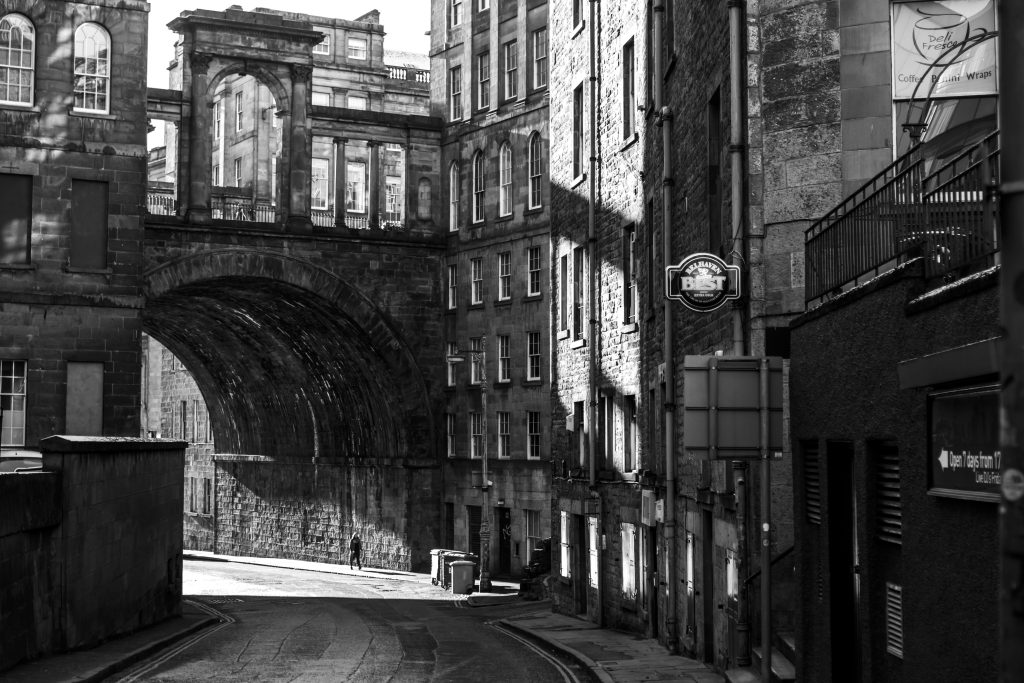
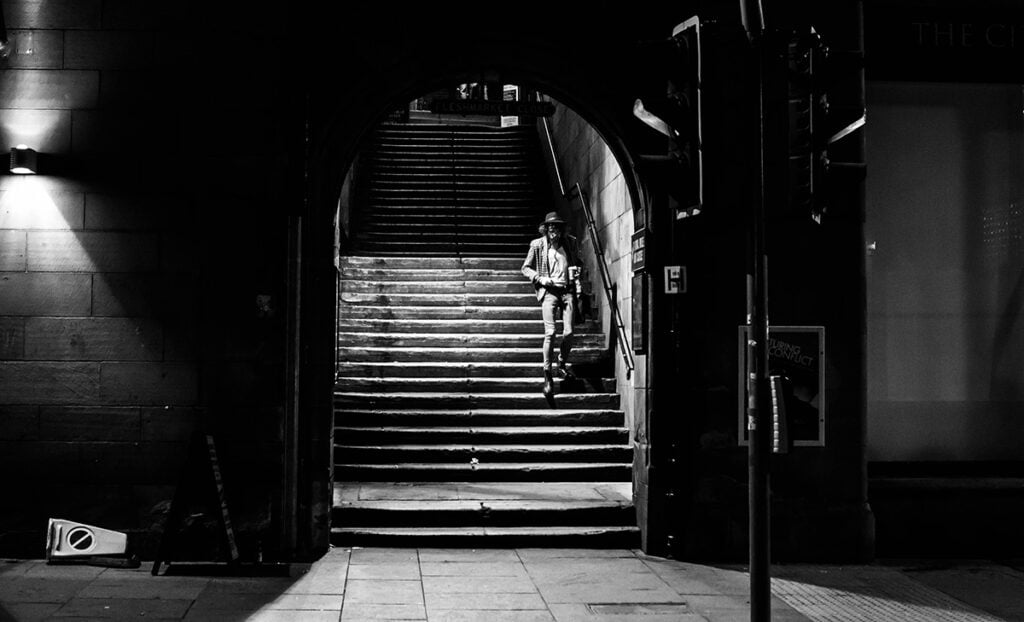
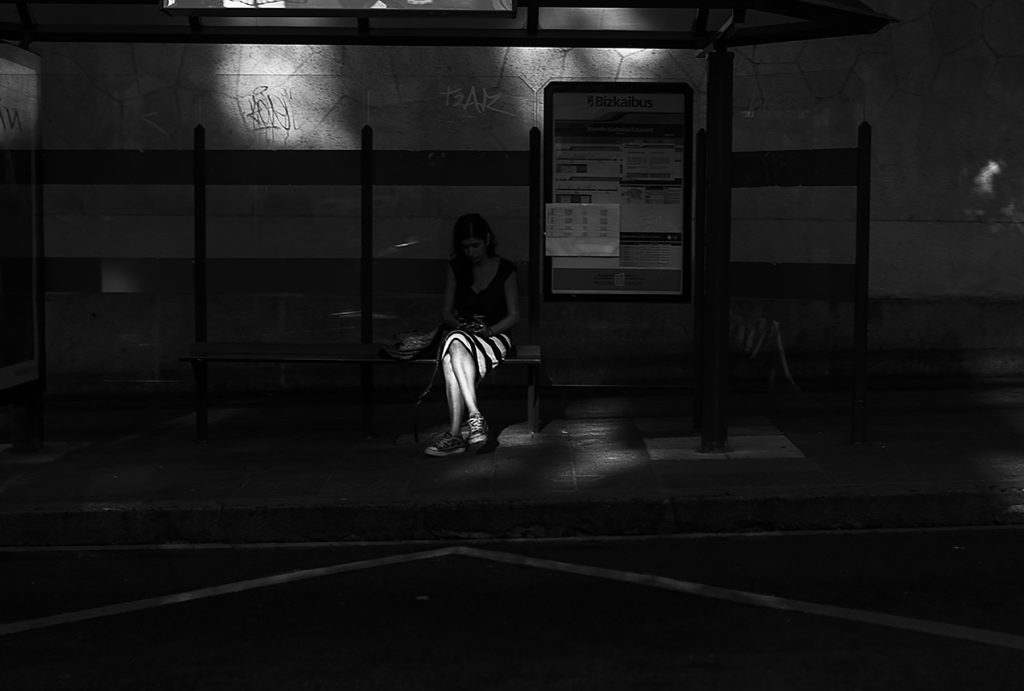

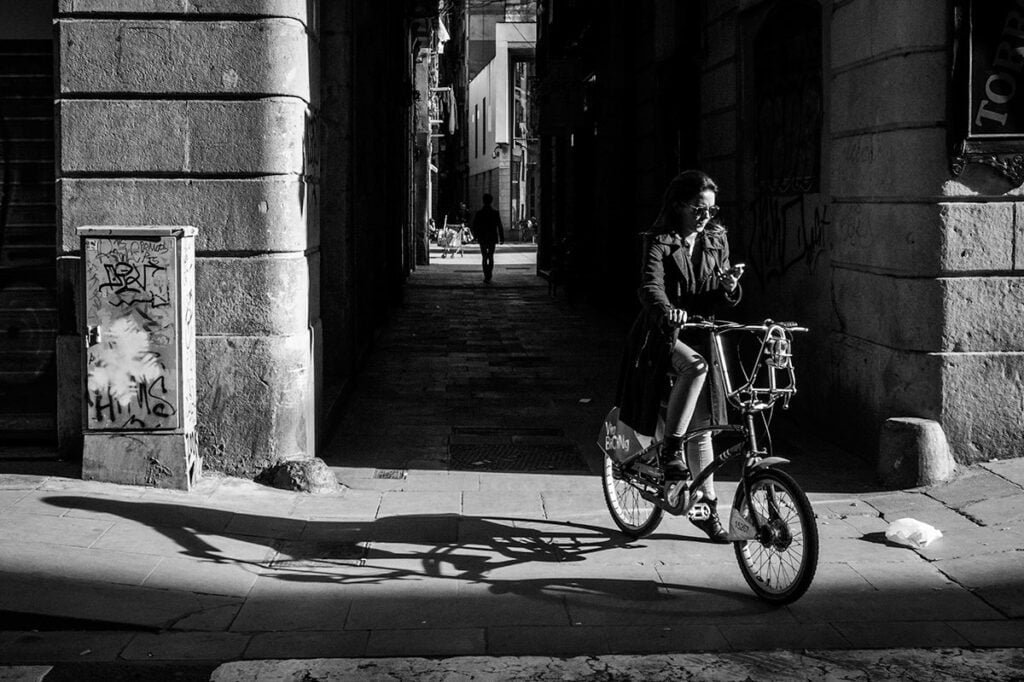
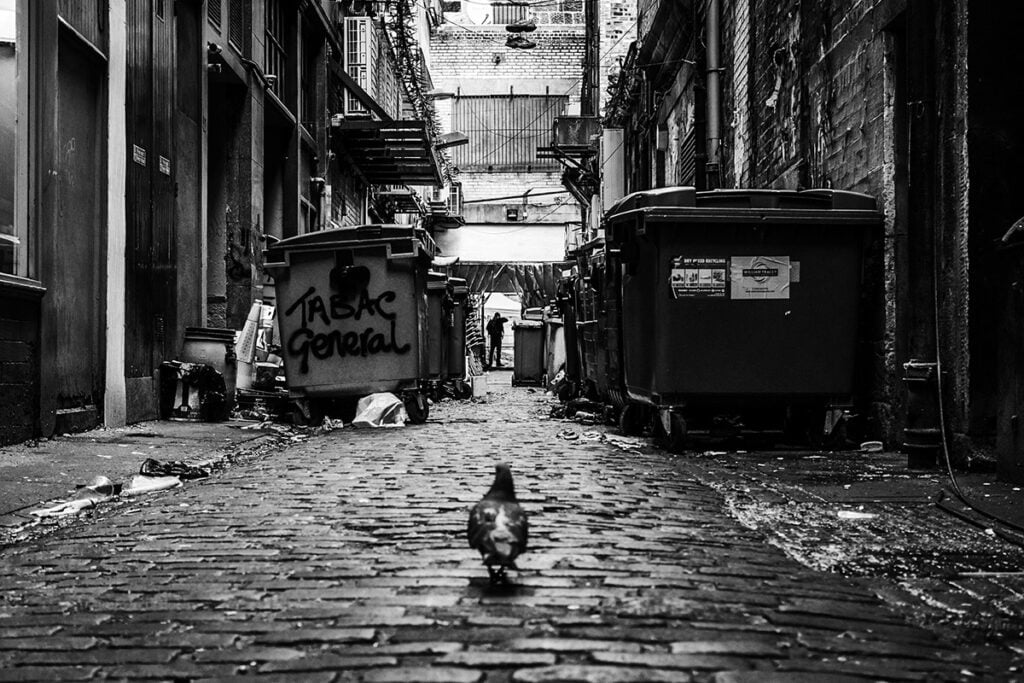
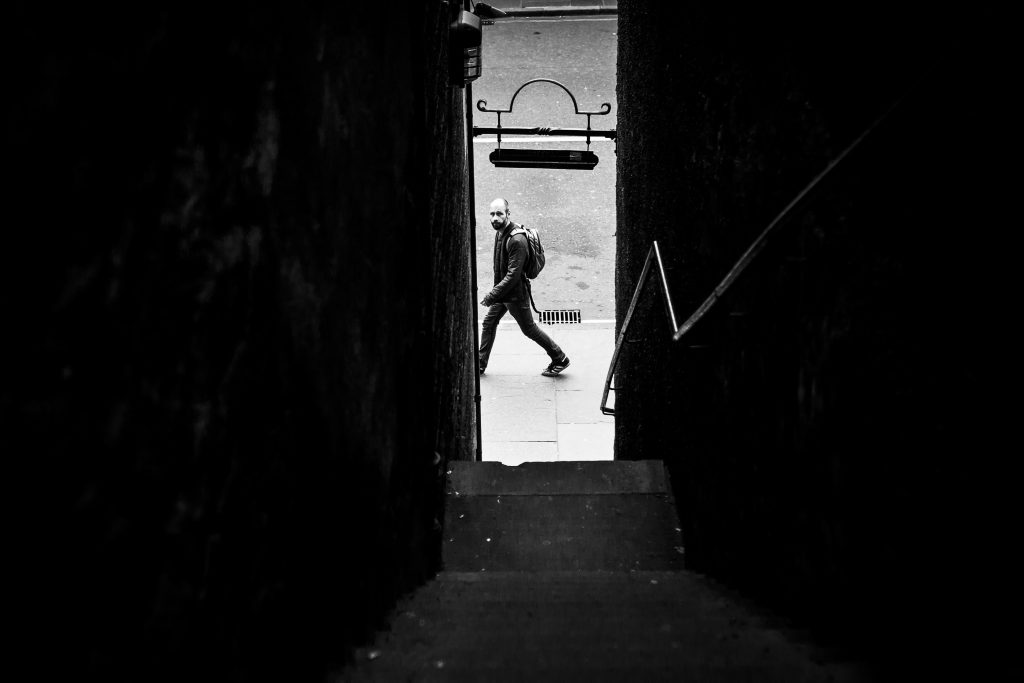
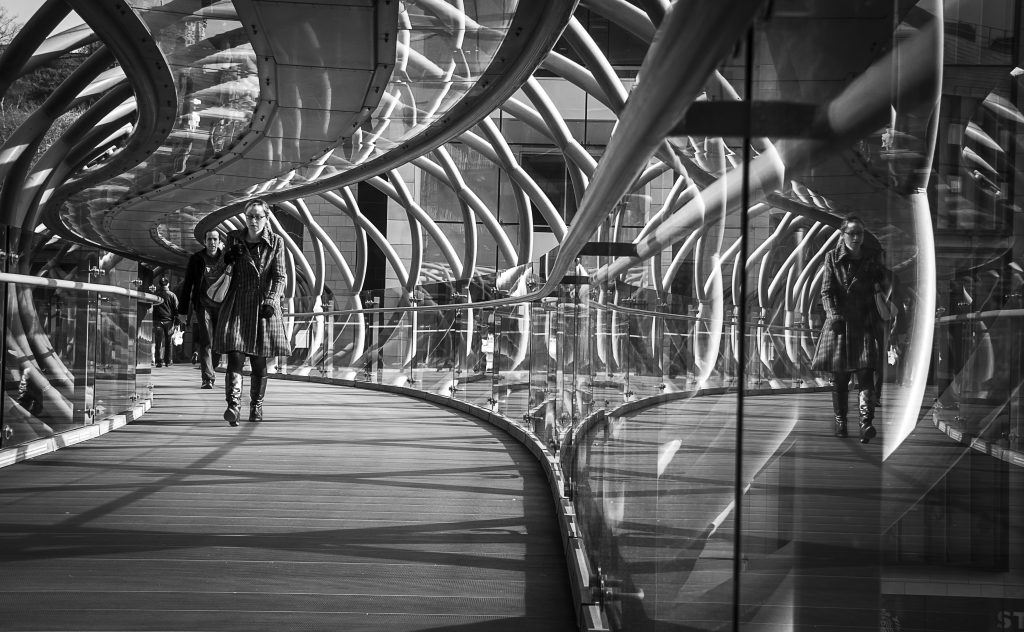

Leave a Reply